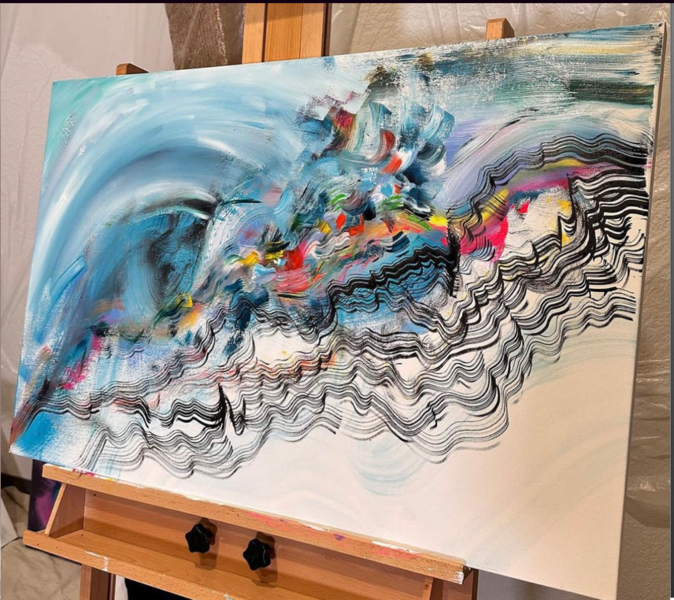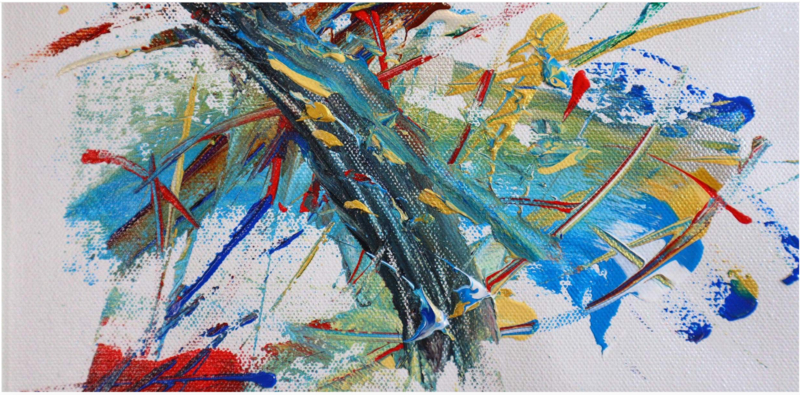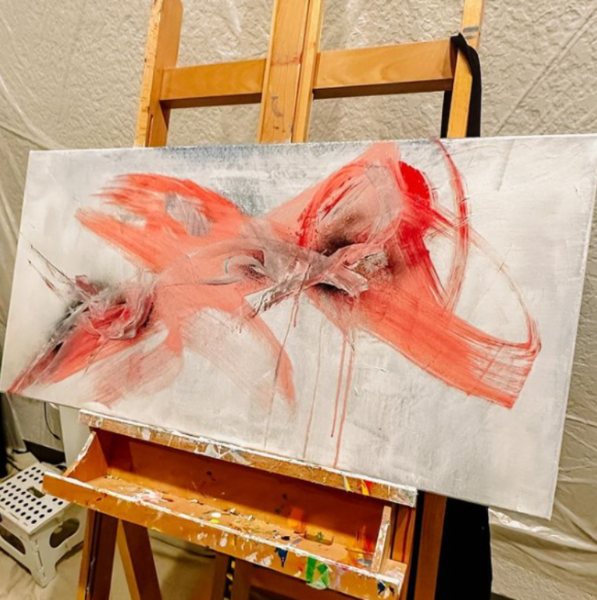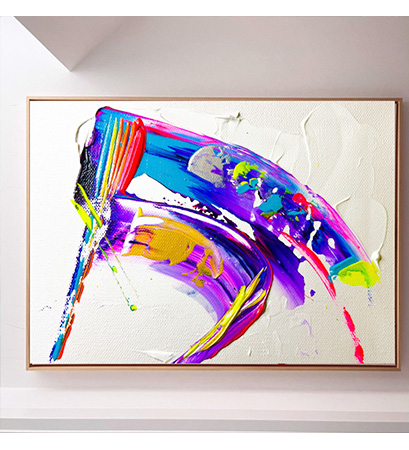I can recall clearly when loggers came in and leveled the trees near my house, taking with them the symphony of color that went with the sounds of nature. This experience shaped my perspective on the power we have to preserve the most beautiful and life-giving elements of this planet.
Connect with Sarah
TikTok: @sarahkraning
Instagram: @sarahkraning
Facebook: @sarahkraning.art
YouTube: @sarahkraningart
SarahKraning.com
Sarah Kraning is an artist with synesthesia. Her art is inspired by the colors, textures, and movement that she experiences when she hears sound. Captivating a global audience through her vibrant social media presence and unique art pieces, Sarah has performed in live painting events internationally to bring sound to living color. Her art and story have been featured by the Guggenheim Museum, Wired Magazine, the Beatles Museum, and TEDx.
Sarah will be partnering with Re:wild for Invisible Worlds, a multi-sensory art installation series highlighting the colors, textures, and movement of nature's soundscapes. In collaboration with producer Brad Allgood, this series will highlight key Re:wild initiatives using the power of art, sound, and social media, encouraging new audiences to take a fresh look at the beauty Re:wild is committed to protecting.
"Growing up, I was deeply connected to the sounds of nature around me. The gorgeous bird song, the rustling of the forest near my house, the waves of the lakes — the colors of these sounds were some of the most beautiful and vibrant memories of my young life," Sarah says."I can recall clearly when loggers came in and leveled the trees near my house, taking with them the symphony of color that went with the sounds of nature. This experience shaped my perspective on the power we have to preserve the most beautiful and life-giving elements of this planet. Since that moment, I've been driven to show others the beauty of the sounds of our world in new ways. I want others to see the colors of the life around us, and feel an urgency to protect the beauty that is seen and unseen. I believe that by working together, we can protect the colors of this planet, and its Invisible Worlds."
Gallery





